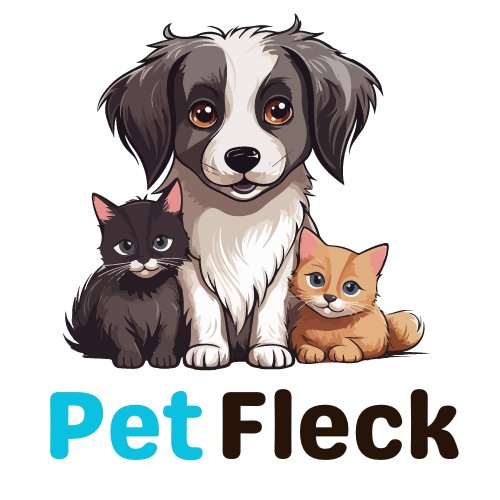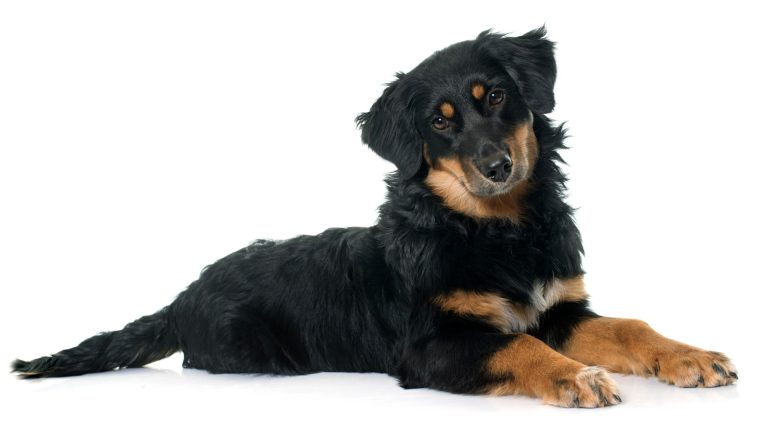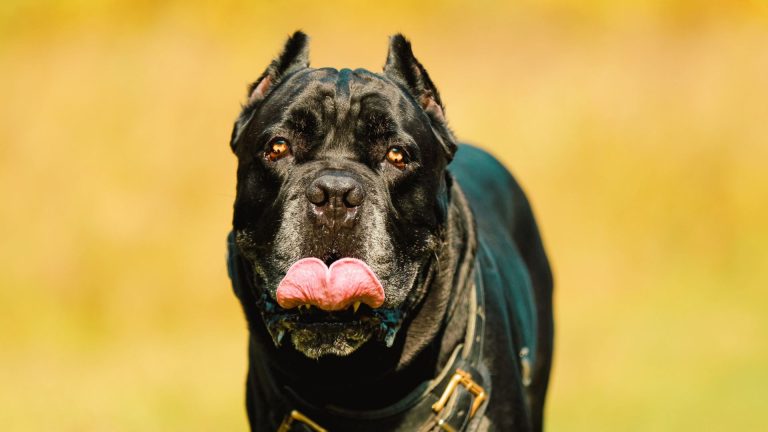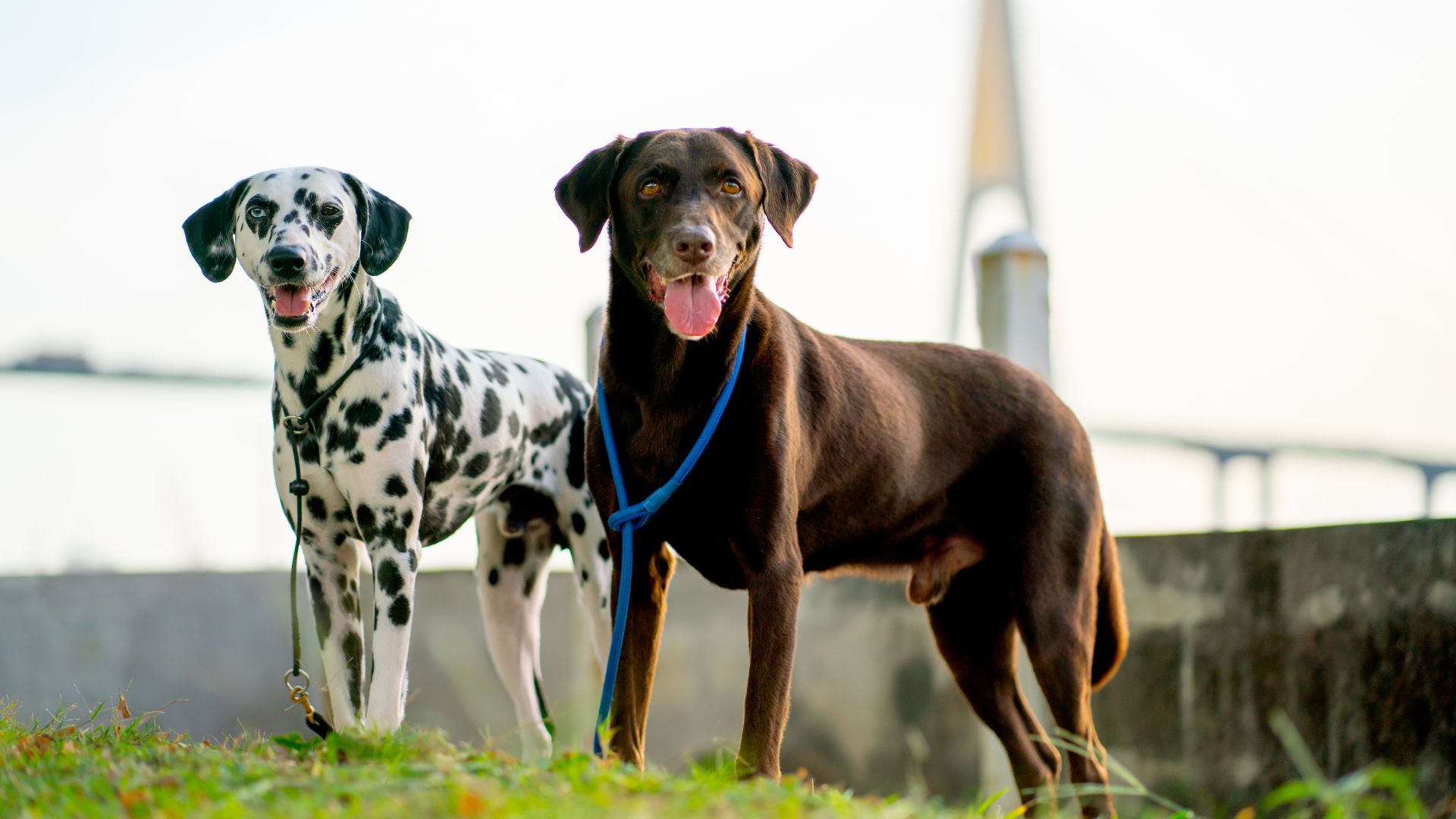
Contents
Understanding canine anatomy, including occiput dog breeds, is essential for dog owners and breeders. Knowing the different parts of a dog’s body helps maintain their health and well-being. Canine anatomy includes various terms that describe specific body parts, often used by veterinarians and breeders. One important anatomical term is the “occiput,” located at the back of the head. This bony prominence varies in size and shape among different breeds and plays a crucial role in the overall structure of the dog’s head.
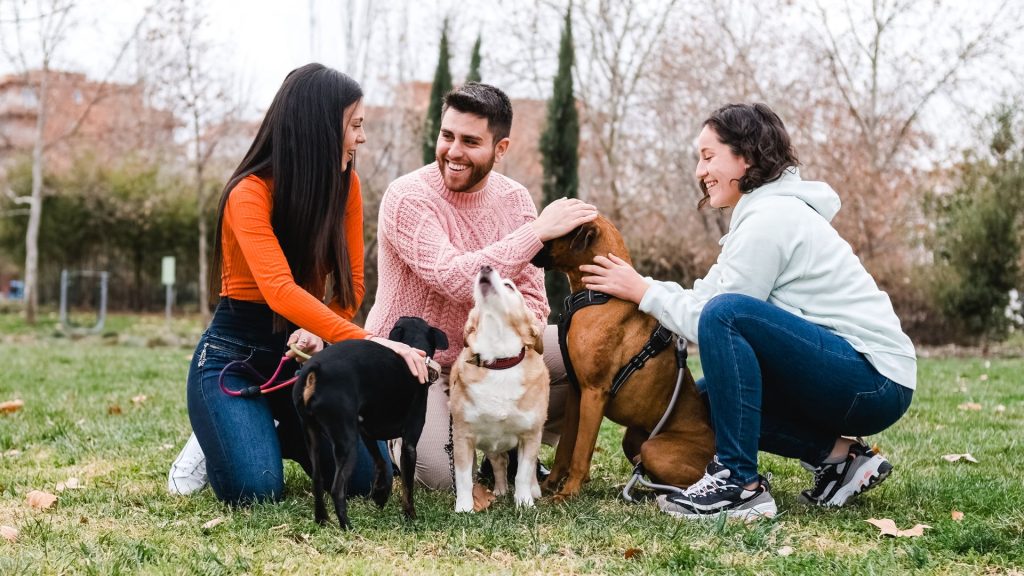
Understanding Of Occiput Dog Breeds
Dogs have complex and fascinating anatomical structures. These features vary by breed, but several key parts are universal. The head, trunk, and limbs form the primary divisions of a dog’s body. The skull protects the brain and forms the structure of the head. It includes the occiput, which we’ll discuss in detail later.
The trunk consists of the neck, chest, abdomen, and back. The neck contains the cervical vertebrae, supporting the head and allowing movement. The chest, or thorax, houses the heart and lungs, protected by the rib cage. The abdomen holds digestive organs like the stomach, liver, and intestines. The back includes the spinal column, providing structural support and flexibility.
Limbs are crucial for movement. Dogs have front limbs (forelimbs) and back limbs (hindlimbs). Each limb has bones, muscles, and joints, enabling various motions. Paws, at the end of limbs, have pads and claws for traction and protection.
Explanation of Terms Commonly Used in Veterinary Anatomy
Veterinary anatomy includes specific terms to describe different parts of a dog’s body. Understanding these terms helps in recognizing and discussing health issues. Some common terms include:
- Cranium: The part of the skull enclosing the brain.
- Mandible: The lower jawbone.
- Thorax: The chest area.
- Abdomen: The belly region.
- Femur: The thigh bone in the hind limb.
- Humerus: The bone of the upper forelimb.
- Patella: The kneecap.
- Scapula: The shoulder blade.
- Vertebrae: The bones forming the spine.
Knowing these terms allows effective communication with veterinarians. It also aids in understanding medical records and reports.
Importance of These Terms for Dog Owners and Breeders
For dog owners and breeders, understanding anatomical terms is crucial. It helps in identifying health issues early. For instance, recognizing swelling in the abdomen or lameness in the femur can prompt immediate veterinary care.
Breeders benefit from this knowledge by ensuring dogs meet breed standards. Specific anatomical features, like the shape of the skull or the structure of limbs, are essential in dog shows. Understanding these features ensures that breeding practices promote healthy and standard-compliant dogs.
Moreover, it fosters better communication with veterinarians. When discussing a dog’s health, using correct terms ensures clarity and precision. It helps in understanding diagnoses, treatment plans, and care instructions.
Grasping the key anatomical features and terms in veterinary anatomy is vital. It empowers dog owners and breeders to maintain the health and well-being of their dogs. It also ensures effective communication with veterinarians and adherence to breed standards. This knowledge forms the foundation for responsible dog ownership and breeding practices.
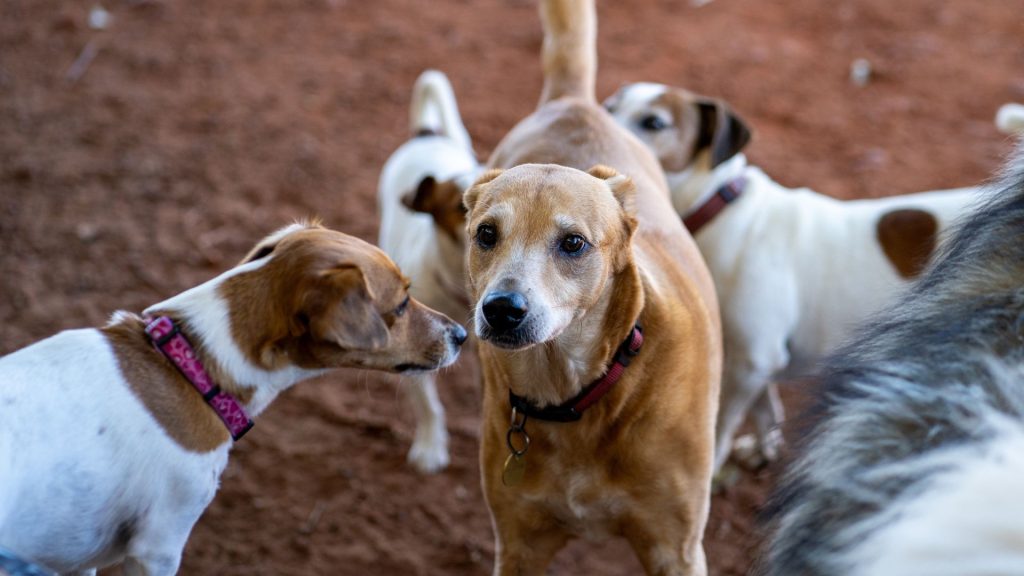
What is the Occiput in Dogs?
The occiput is a prominent part of a dog’s skull. It is the bony bump located at the back of the head, where the skull meets the neck. The term “occiput” comes from Latin, meaning “back of the head.” This bony structure is also known as the “occipital bone.”
Location of the Occiput on a Dog’s Body
The occiput is found at the highest point of the back of the skull, just above where the neck begins. It forms the base of the skull and is part of the cranial structure. When you run your hand along the top of a dog’s head towards the neck, you will feel a noticeable bump—this is the occiput. Its location makes it a key feature in the overall shape and appearance of a dog’s head.
Visual Description with Examples of Different Breeds
The occiput can vary in size and prominence depending on the breed. Here are a few examples to illustrate this variation:
Labrador Retriever
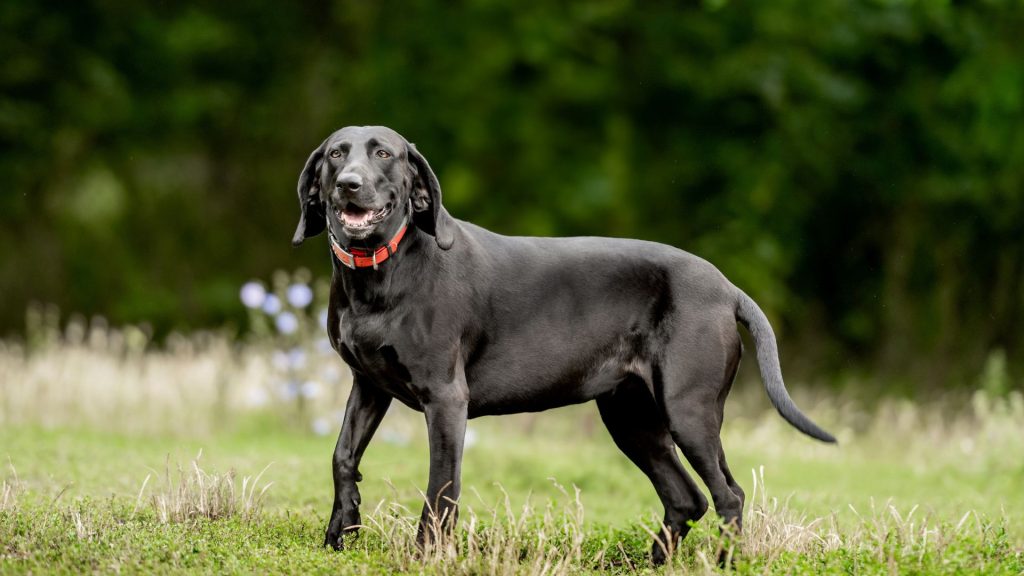
In Labrador Retrievers, the occiput is moderately prominent. It adds to the breed’s distinct head shape, which is broad and strong. The occiput in Labradors is not overly pronounced but is noticeable when you touch the back of the head.
Doberman Pinscher
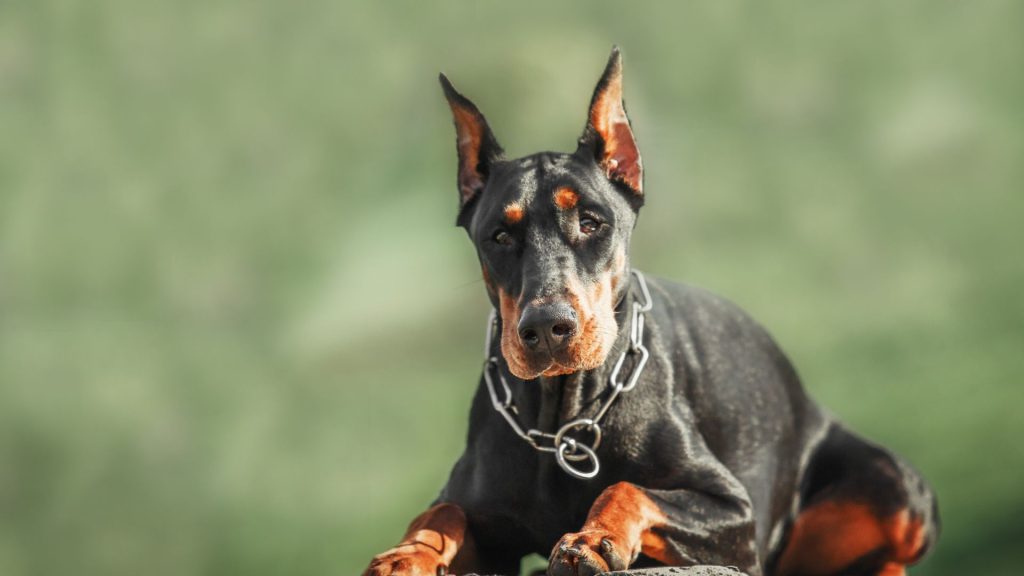
Doberman Pinschers often have a more pronounced occiput. This adds to their sleek, muscular appearance. The bony prominence at the back of their head is quite visible and contributes to their alert and regal look.
Boxer

Boxers have a less prominent occiput compared to some other breeds. Their head shape is more rounded and smooth, with the occiput blending into the overall structure of the skull. It’s less noticeable visually but can be felt when touched.
German Shepherd
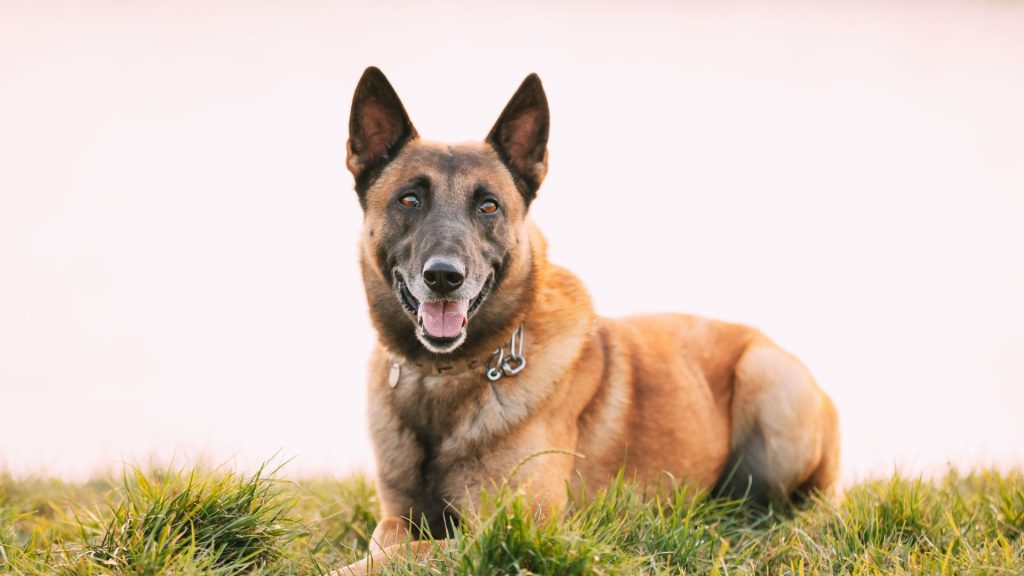
German Shepherds exhibit a distinct and well-defined occiput. This feature contributes to their noble and intelligent appearance. The occiput is one of the points that give the German Shepherd’s head its characteristic shape.
English Setter

English Setters have a prominent occiput that is easy to see and feel. This contributes to the breed’s elegant head shape, adding to their refined and graceful look.
Understanding the occiput’s location and appearance helps in identifying breed characteristics and health issues. A prominent occiput can sometimes be a point of concern if it’s associated with pain or abnormalities. Therefore, knowing what is normal for your dog’s breed is crucial.
Functions and Importance of the Occiput
The occiput plays a critical role in a dog’s anatomy. It serves as a connection point between the skull and the neck. This bony prominence provides structural support and stability to the head. The occiput houses several important attachments for muscles and ligaments. These muscles and ligaments help control head movement and neck function.
How the Occiput Affects a Dog’s Movement and Posture
The occiput significantly influences a dog’s movement and posture. Muscles attached to the occiput are crucial for head and neck mobility. These muscles allow dogs to lift, lower, and turn their heads. This range of motion is vital for various activities, such as tracking scents, maintaining balance, and observing their environment.
Additionally, the occiput contributes to a dog’s posture. A well-formed occiput provides balance and stability to the head and neck. This stability is essential for maintaining proper alignment and posture. For instance, dogs with a prominent occiput may have a more upright and alert posture. This can be particularly noticeable in breeds like the Doberman Pinscher and German Shepherd.
Importance in Dog Breeding and Show Standards
The occiput holds significant importance in dog breeding and show standards. Many breed standards outline specific head shapes and structures, including the occiput. A well-defined occiput can enhance the overall appearance of a dog. It contributes to the breed’s distinctive look and profile.
For breeders, understanding the occiput’s role is essential. It helps in selecting dogs that meet breed standards and exhibit desirable traits. A prominent or well-shaped occiput can be a positive attribute in many breeds. Breeding dogs with ideal occiput features ensures that these traits are passed on to future generations.
In dog shows, judges often evaluate the occiput as part of the overall head structure. A well-defined occiput can be a mark of breed quality. Judges look for the correct shape, size, and prominence as per the breed standard. Dogs that meet these criteria are more likely to succeed in the show ring.
Moreover, understanding the occiput’s anatomy helps in identifying potential health issues. Abnormalities in the occiput can sometimes indicate underlying problems. For example, an unusually large or painful occiput could signal a medical condition that needs attention. Early detection and treatment of such issues are crucial for maintaining a dog’s health and well-being.
The occiput is a vital anatomical feature with significant functions. It supports head and neck movement, contributes to posture, and plays a crucial role in breeding and show standards. Recognizing the importance of the occiput helps dog owners and breeders maintain healthy, well-structured, and standard-compliant dogs.
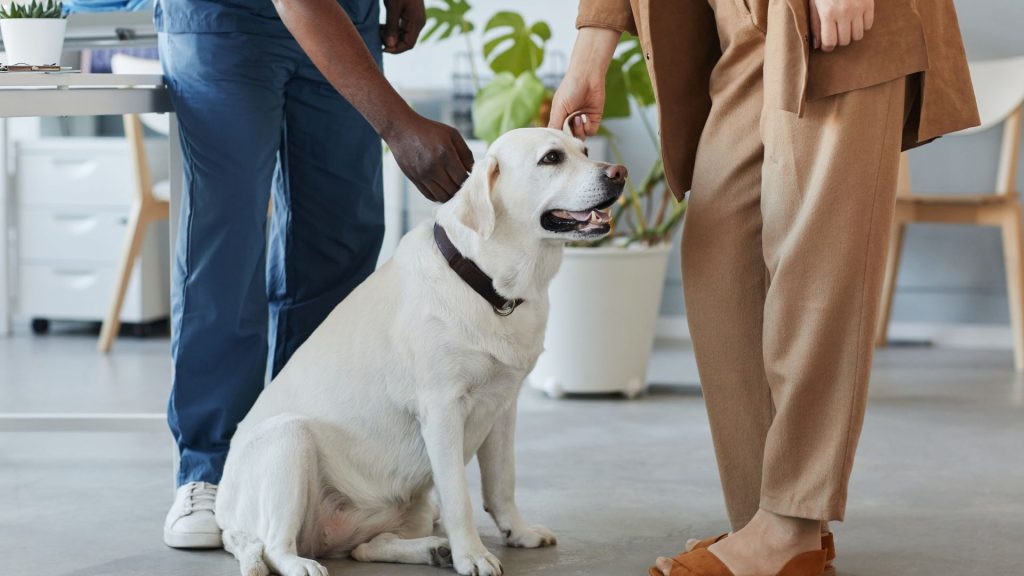
Common Issues Related to the Occiput
The occiput, while crucial for a dog’s anatomy, can be prone to certain health issues. Some dogs may develop conditions related to the occiput due to injury, congenital defects, or other underlying health problems. Common issues include:
- Occipital Dysplasia: A congenital condition where the occiput doesn’t form properly, leading to instability in the head and neck area.
- Occipital Protuberance Fracture: Trauma or injury to the occiput can result in fractures, causing pain and mobility issues.
- Chiari-like Malformation (CLM): A condition where the skull is too small, causing the brain to be compressed and leading to issues with the occiput.
- Infections and Abscesses: Infections in the head or neck can spread to the occiput, causing swelling and pain.
Symptoms and Signs of Occiput-Related Issues
Detecting issues with the occiput early is crucial for effective treatment. Dog owners should be aware of the following symptoms and signs:
- Pain and Sensitivity: Dogs may show signs of pain when the occiput is touched. They might yelp, pull away, or show signs of discomfort.
- Swelling and Inflammation: Visible swelling around the back of the head could indicate an issue with the occiput.
- Changes in Behavior: Dogs with occiput problems may become irritable, less active, or show reluctance to move their head and neck.
- Movement Issues: Difficulty in moving the head or neck, stiffness, or an altered gait can signal problems with the occiput.
- Neurological Signs: In severe cases, issues with the occiput may cause neurological symptoms such as balance problems, head tilting, or seizures.
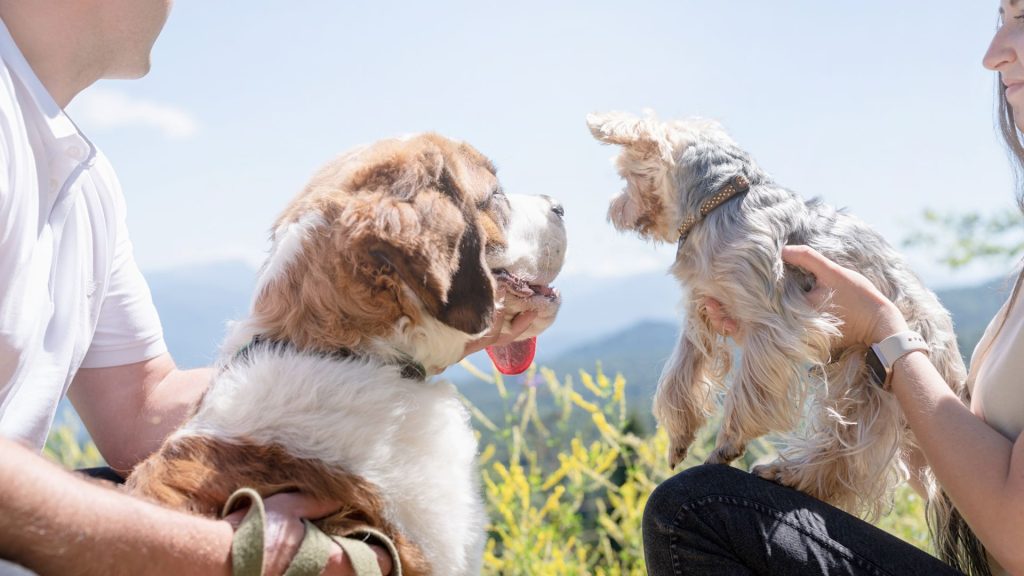
How to Care for and Monitor the Occiput for Problems
Proper care and regular monitoring of the occiput can help prevent and manage health issues. Here are some tips for dog owners:
- Regular Check-Ups: Schedule routine veterinary visits to monitor your dog’s overall health, including the occiput. Regular check-ups help detect issues early.
- Gentle Handling: Be cautious when handling your dog’s head and neck. Avoid rough play or pulling on the collar to prevent injury to the occiput.
- Observation: Regularly observe your dog for any signs of pain, swelling, or changes in behavior. Early detection is key to addressing occiput-related problems.
- Maintain a Healthy Diet: Proper nutrition supports bone and joint health. Ensure your dog’s diet is rich in essential nutrients.
- Provide Comfortable Resting Spaces: Ensure your dog has a comfortable place to rest its head. Soft bedding can help prevent unnecessary pressure on the occiput.
- Prompt Veterinary Attention: If you notice any signs of occiput-related issues, seek veterinary care immediately. Timely intervention can prevent further complications.
The occiput is an essential part of a dog’s anatomy but can be prone to specific health issues. Understanding the potential problems, recognizing symptoms, and taking proactive care measures are vital. Regular monitoring and veterinary attention ensure the health and well-being of your dog, preventing and managing occiput-related issues effectively.
Veterinary Insights on the Occiput
Veterinarians recognize the occiput as a crucial part of canine anatomy. It provides structural support and serves as an attachment point for muscles and ligaments. A well-formed occiput contributes to the overall stability and movement of the head and neck. Veterinarians pay close attention to the occiput during routine examinations to ensure it is healthy and free from abnormalities.
Common Veterinary Procedures Involving the Occiput
Several veterinary procedures and examinations involve the occiput:
Physical Examinations
- During regular check-ups, veterinarians palpate the occiput to check for any abnormalities, pain, or swelling. This helps in early detection of potential issues.
Neurological Assessments
- The occiput is part of the cranial structure, making it relevant in neurological evaluations. Veterinarians assess the occiput when examining for neurological conditions, as issues here can affect the brain and spinal cord.
Imaging Studies
- X-rays, MRIs, and CT scans may include the occiput to diagnose fractures, congenital abnormalities, or other issues. These imaging techniques provide detailed views of the occiput and surrounding structures.
Surgical Interventions
- In cases of severe trauma or congenital defects, surgery may be required. Procedures involving the occiput are delicate and require veterinary expertise to ensure successful outcomes.
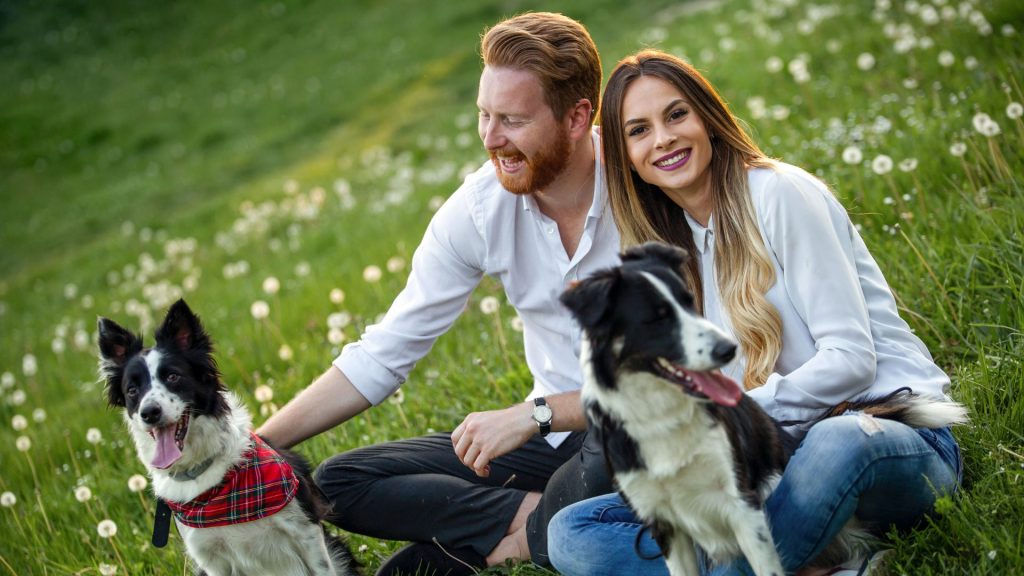
Importance of Regular Veterinary Check-Ups for Occiput Health
Regular veterinary check-ups are essential for maintaining occiput health. These visits allow veterinarians to monitor the occiput and detect any issues early. Early detection and treatment of occiput-related problems can prevent more serious conditions and ensure your dog’s overall well-being.
Veterinarians can provide guidance on caring for the occiput, including tips for preventing injuries and recognizing signs of problems. Regular check-ups also help in tracking the development of puppies, ensuring their occiput forms correctly as they grow.
The occiput is a vital part of a dog’s anatomy, and veterinarians play a key role in maintaining its health. Through regular examinations, imaging studies, and surgical interventions when necessary, veterinarians ensure that the occiput remains healthy and functional. Regular veterinary check-ups are crucial for early detection and management of occiput-related issues, contributing to your dog’s overall health and quality of life.
Practical Tips for Dog Owners
To check your dog’s occiput, gently run your hand over the back of their head. Feel for the bony bump at the base of the skull where it meets the neck. Observe your dog’s reaction. If they show signs of discomfort or pain, it might indicate an issue. Regularly inspecting this area helps in early detection of potential problems.
Tips for Maintaining Occiput Health
Gentle Handling
- Avoid rough play or yanking on the collar, as this can injure the occiput. Use a harness instead of a collar for better control and reduced pressure on the neck and occiput.
Comfortable Resting Areas
- Provide soft bedding to minimize pressure on the occiput while your dog rests. Ensure that your dog’s sleeping area is comfortable and supportive.
Proper Nutrition
- A balanced diet rich in essential nutrients supports bone health. Include foods high in calcium and phosphorus to promote strong bones, including the occiput.
Regular Exercise
- Maintain a regular exercise routine to keep your dog’s muscles strong and supportive of their skeletal structure. This helps in reducing the risk of injuries.
When to Consult a Veterinarian
Consult a veterinarian if you notice any of the following signs:
- Swelling or unusual lumps around the occiput.
- Signs of pain when touching the occiput.
- Changes in your dog’s behavior or movement.
- Neurological symptoms like head tilting, imbalance, or seizures.
Early veterinary intervention can prevent minor issues from becoming severe. Regular check-ups also help in maintaining your dog’s overall health and ensuring the occiput is in good condition.
By regularly checking your dog’s occiput and following these tips, you can help ensure their head and neck remain healthy and pain-free. Always consult a veterinarian if you have any concerns about your dog’s occiput or overall health.
Conclusion
Understanding the occiput is crucial for maintaining your dog’s health. This key anatomical feature plays a vital role in head and neck movement and stability. Knowledge of the occiput helps in identifying potential health issues early. As a dog owner, staying informed about canine anatomy empowers you to provide better care. Regular check-ups and gentle handling are essential. Remain vigilant and proactive about your dog’s health. By doing so, you ensure a happier, healthier life for your furry companion. Keep learning and stay attentive to your dog’s needs for optimal well-being.

Hello, I’m Donna Carter, the founder and writer behind PetFleck.com. My journey with dogs started years ago, and it’s been a passion that has only grown stronger over time. I’ve always been fascinated by the unique behaviors and characteristics of different dog breeds, and this curiosity has led me to dive deep into the world of canine studies.
My love for dogs is the driving force behind everything I do. I’ve dedicated countless hours to researching and understanding the nuances of dog care, training, and breed-specific traits. This dedication helps me create content that is not only informative but also genuinely helpful for fellow dog lovers and owners.
At PetFleck, I combine my extensive knowledge and hands-on experience with my passion for dogs to provide valuable insights and tips. Whether it’s exploring different breeds or offering practical advice on dog care, I aim to share knowledge that makes a real difference in the lives of dogs and their families.
I’m thrilled to share my love for dogs with you through my writing. I hope my articles inspire and inform, helping you to better understand and appreciate the incredible bond we share with our furry friends.
Thank you for visiting PetFleck.com, and I look forward to connecting with you through our shared love of dogs!
